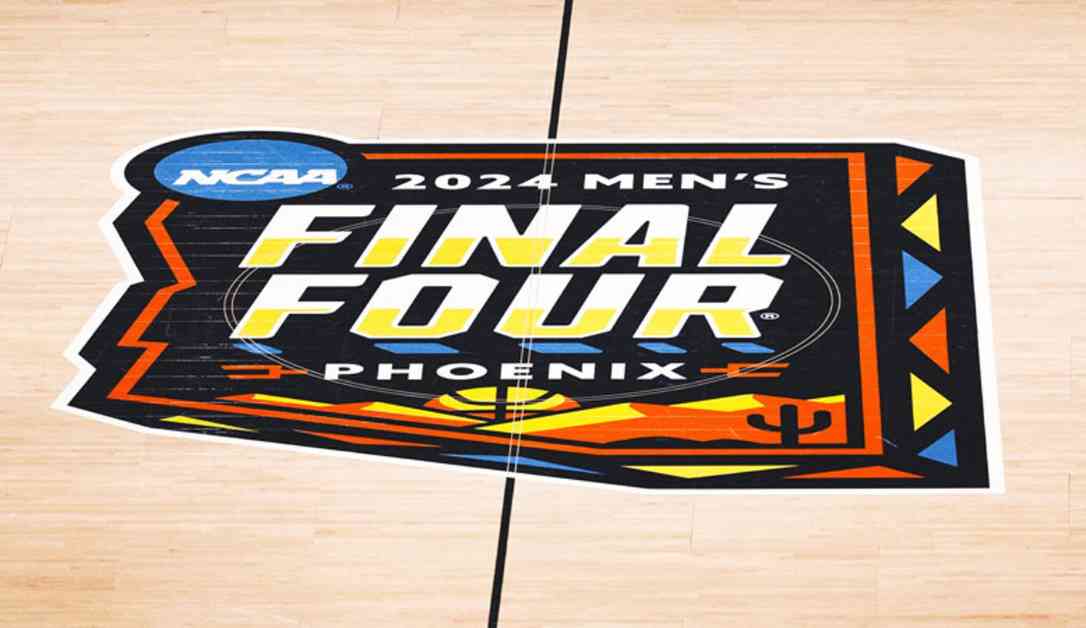The NCAA has put forth a proposal to Division I conference commissioners to potentially expand the men’s and women’s basketball tournaments by four or eight teams, with the option to keep each field at 68 teams. This plan was shared by NCAA Senior Vice President of Basketball Dan Gavitt and NCAA Vice President for Women’s Basketball Lynn Holzman. The expansion could involve play-in games for the 10 through 12 seeds, while maintaining the 64-team bracket.
While some in college basketball believe that the current 68-team format is ideal, there is increasing pressure to add more teams and games to one of the most popular sports events in the U.S. The NCAA board of directors recently approved recommendations that could allow for nearly 90 teams to compete in championship events, including March Madness tournaments.
Expanding the tournaments would likely have a minimal impact on revenue from ticket sales and merchandise, as the NCAA’s TV deal for the men’s tournament is already locked in until 2032. However, the distribution of funds among conferences and member schools could be affected by the addition of teams.
One challenge of expanding the men’s tournament would be finding an additional site for the First Four games, as Dayton currently hosts games on Tuesday and Wednesday. The women’s play-in games are held at the same campus sites as the first two rounds of the tournament.
While larger conferences support expansion, smaller leagues are concerned about potentially losing automatic bids or consistently being placed in play-in games. The earliest the NCAA Tournament could expand would be the 2025-26 season, pending further discussions by the basketball oversight committee and tournament selection committee.
The women’s tournament saw record success last year, with a significant audience for the championship game and higher viewership compared to the men’s championship game. The tournament also set attendance records.
Overall, the potential expansion of the NCAA basketball tournaments presents both opportunities and challenges for the future of college basketball. It remains to be seen how the discussions and decisions around this proposal will shape the landscape of the sport in the coming years.












